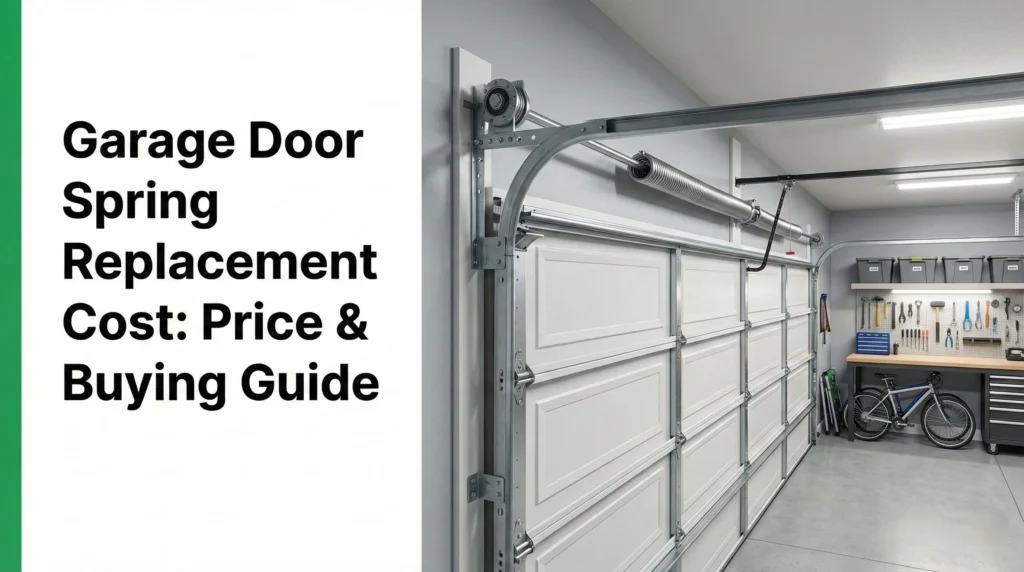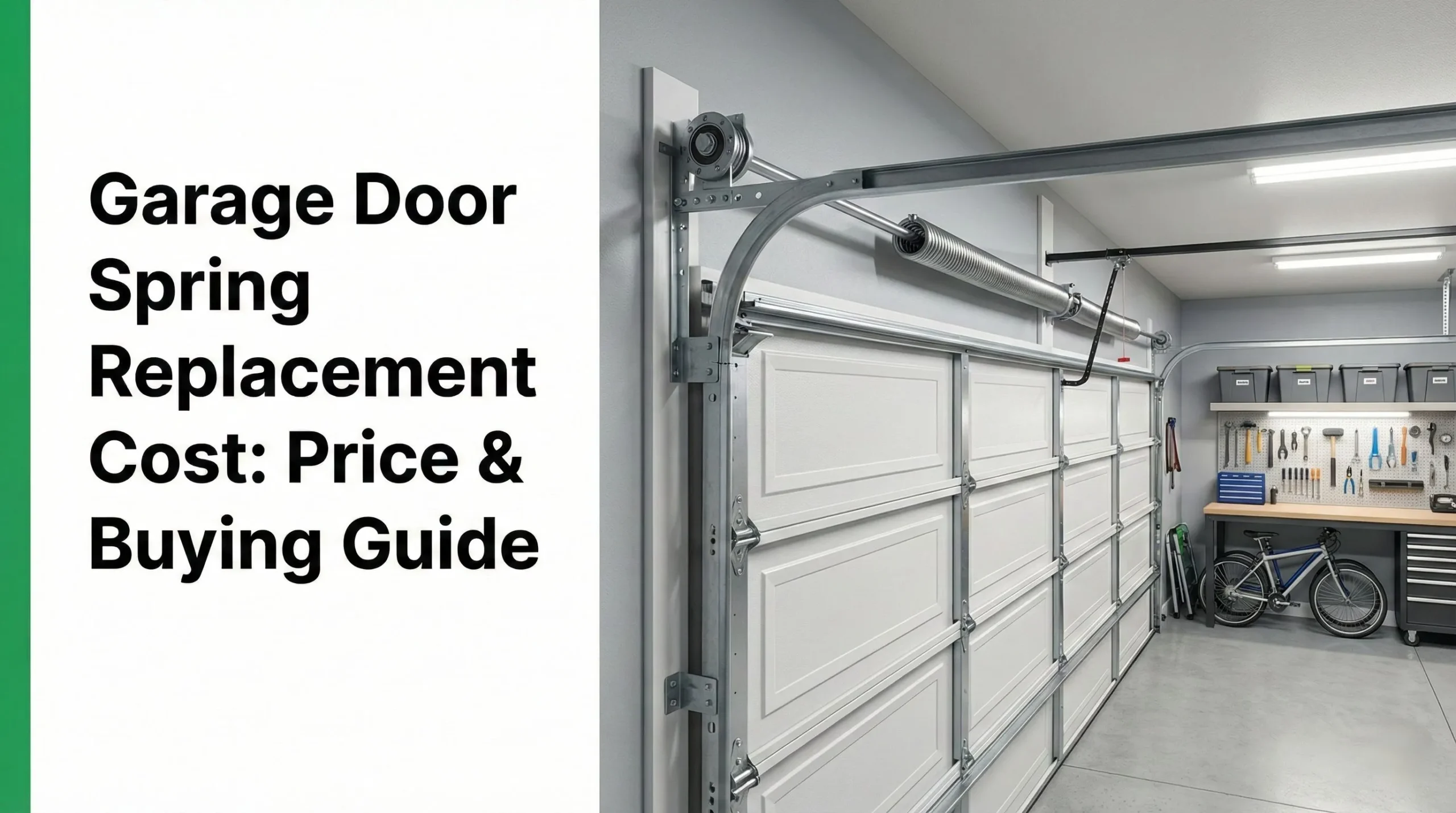Yes—you can paint exterior vinyl windows to dramatically boost curb appeal, but success depends on meticulous preparation and using the right, vinyl‑safe materials.
This expert guide gives you the exact process—from prep to final coat—so your finish looks professional and stands up to weather for years.
- Jump to: Should You Paint Your Windows? The Risks vs. Rewards
- Jump to: The Step-by-Step Painting Process
- Jump to: Choosing the Right Paint (The Most Important Step)
Preparation is 90% of the job: Deep clean and light scuff‑sand—no exceptions.
Use the right products: Only “vinyl‑safe” 100% acrylic or urethane‑acrylic paints.
Color choice matters: Pick light colors with high LRV to avoid heat warping.
Patience pays off: Respect dry and cure times for maximum durability.
The Science of Painting Vinyl: Why Preparation and Product Choice are Crucial
Vinyl/PVC is nonporous and moves with temperature. Paint must adhere to a slick surface and flex with expansion/contraction; the wrong coating will peel or crack.
- The challenge: Vinyl’s smooth, low‑energy surface resists adhesion, and it expands/contracts with heat/cold.
- The solution: Mechanically de‑gloss the surface (light sanding), use a bonding primer for plastics, and select flexible, vinyl‑safe topcoats.
The #1 Rule: What Is LRV, and Why Does It Matter?
Light Reflectance Value LRV measures how much light a color reflects: 0=black, 100=white. Dark colors with low LRV absorb heat and can warp vinyl.
- Guideline: Choose a color with LRV ≥ 55, or one explicitly labeled “vinyl‑safe” by the paint manufacturer.
- Never go darker than the factory color unless the product data sheet allows it for vinyl substrates.

Pre-Painting Checklist: Tools, Materials, and Project Planning
Project Snapshot
| Item | Details |
|---|---|
| Time Required | 3–5 hours per window plusdrying/curingplusdrying/curing |
| Skill Level | Beginner to Intermediate |
| Estimated Cost | $75–$200 per project size, brand dependent |
Essential Tools & Materials
- Cleaning: Stiff brush, bucket, mild detergent or 30/70 vinegar/water, TSP substitute, clean cloths, microfiber.
- Prep: 220‑grit sandpaper or sanding sponge, painter’s tape, drop cloths or plastic sheeting, tack cloth.
- Safety: Gloves, safety glasses, and a dust mask/respirator if spraying.
- Application: High‑quality synthetic brush 2–2.5 in. x 2–2.5 in., mini roller foam or microfiber foam or microfiber, or HVLP sprayer.

Choosing the Right Primer and Paint for Vinyl
Use a bonding primer for slick surfaces and a flexible, exterior‑rated acrylic or urethane‑acrylic topcoat.
- Primer: Bonding/adhesion primers for plastics/PVC. Urethane‑acrylic primers are excellent; shellac‑based ones can work if labeled compatible with PVC.
- Paint:
- 100% Acrylic Latex Exterior Paint satin or semi‑gloss for UV durability and flexibility.
- Urethane‑enhanced acrylic enamel for a harder yet flexible finish on high‑touch areas.
Avoid: Oil‑based alkyds brittle on PVC, interior‑only latex with poor UV resistance, and generic rattle‑can sprays with thin, uneven films.
The Step-by-Step Guide to Painting Vinyl Windows
Clean thoroughly, scuff‑sand lightly, mask precisely, prime once, then apply 2–3 thin coats of vinyl‑safe paint. Respect label dry/recoat/cure times.




Step 1: Meticulous Cleaning for Maximum Adhesion
- Scrub frames with detergent or 30/70 vinegar/water to remove dirt, oils, and mildew.
- Rinse well; let dry. Do a final wipe with 50/50 denatured alcohol/water to remove residues.
- The surface must be completely dry before moving on.
Step 2: Prepare the Surface and Surrounding Area
- Lay drop cloths and tape off glass, gaskets, and adjacent siding/trim.
- Goal: razor‑sharp lines and zero overspray or bleed‑through.
Step 3: Scuff Sanding DoNotSkipDoNotSkip
- Lightly sand with 220‑grit to dull the sheen—do not gouge the vinyl.
- Vacuum/wipe away dust; finish with a tack cloth for a perfectly clean surface.
Step 4: Apply a High‑Adhesion Bonding Primer
- Brush/roll one thin, even coat. Tip off lightly to avoid marks.
- Watch edges and corners for runs; smooth immediately.
- Typical dry to recoat: 1–4 hours. Follow your label.
Step 5: Painting the First Coat
- Stir thoroughly; don’t shake.
- Apply a thin, even coat from top to bottom. Maintain a wet edge.
- “Tip off” with the brush in long, light passes for a smooth finish.
- Observe the manufacturer’s recoat time window.
Step 6: Applying the Second Coat for Durability
- Apply the second thin coat the same way.
- A third coat may be needed for color coverage or high‑wear zones.
- Thin coats = fewer sags, better leveling, and stronger film.
Step 7: Clean Up and Tape Removal
- Remove painter’s tape while the final coat is slightly wet, pulling at a 45° angle for a crisp line.
- Clean tools immediately per product instructions.
Application Methods: Sprayer vs. Brush and Roller
HVLP sprayers deliver a factory‑like finish but demand extensive masking and finesse. A brush/mini‑roller is slower yet beginner‑friendly and reliable.

| Feature | Paint Sprayer HVLP | Brush & Mini Roller |
|---|---|---|
| Finish Quality | Superior, near-factory smooth | Good; minor brush/roller texture |
| Speed | Very fast for multiple windows | Slower, methodical |
| Prep Time | High masking everywhere | Lower-frame-only masking |
| Skill Level | Intermediate—technique matters | Beginner-friendly |
| Best For | Many windows, new construction | 1–5 window DIY projects |
Ensuring a Lasting Finish: Maintenance and Troubleshooting
Curing vs. Drying
- “Dry to touch” may be hours; full cure can take up to 30 days.
- Avoid aggressive cleaning, sticking windows shut, or abrasion during the cure.
Long‑Term Care
- Clean annually with mild soap and water; rinse well.
- Avoid pressure washers and abrasive pads/cleansers.
Troubleshooting Common Problems
- Peeling/Flaking
- Cause: Inadequate cleaning/scuffing or skipped primer.
- Fix: Scrape loose paint, sand feather‑smooth, clean, prime, and repaint.
- Bubbles/Blisters
- Cause: Hot surfaces, direct sun, or high humidity.
- Fix: Work in shade/cool conditions; scrape/sand bubbles, and recoat properly.
- Visible Brush Marks
- Cause: Low‑quality brush or over‑working.
- Fix: Use premium synthetic brushes; apply long, even strokes; don’t back‑brush drying paint.
Frequently Asked Questions (FAQs)
What is the best paint for exterior vinyl windows?
Do I absolutely need to use a primer on vinyl?
How long will painted vinyl windows last?
Can I paint dark brown vinyl windows white?
Is it better to brush or spray paint vinyl windows?
- Painting: Can You Paint upvc Windows?
- Painting: How to Prepare Vinyl Windows for Painting
- Cleaning and Maintaining: Cleaning and Maintaining upvc Windows
- Cleaning and Maintaining: How to Clean Oxidized or Yellowing pvc Window Frames
- Repairs: Replacing Window Glass & Parts
- Install: How to Install J‑Channel and Trim Around Windows with Vinyl Siding
- Cost analysis: The Average Cost to Install Vinyl Windows
- Install: Installing Vinyl Windows in a Brick House










